9 Asana Alternatives in 2025 for Teams That Need More Than Just Task Lists
In today’s digital age, project management tools are abundant, but not every solution fits every team’s unique workflow. Whether you’re seeking something that aligns with your work style or a tool that doesn’t overwhelm with excessive features, your search is valid. While Asana has been a staple in project management, by 2025, numerous alternatives offer more tailored experiences. Some teams are shifting away from Asana, seeking solutions that are less cumbersome and more intuitive.
If you find Asana limiting or are simply exploring other options, this curated list of nine alternatives provides fresh perspectives on managing tasks without the hassle.
The 9 Best Asana Alternatives in 2025
ClickUp – For Comprehensive Management in One Platform
ClickUp aims to be a one-stop solution for all your project management needs without feeling overwhelming. It offers features like docs, goals, tasks, timelines, and wikis. The customizable layout is ideal for those transitioning from simpler tools like Asana. A notable feature is its flexible view options—Kanban, Gantt, list, and box—allowing you to adapt to your daily needs. It’s perfect for growing teams that want a tool that scales with them.
Trello – Ideal for Simplicity and Visual Task Management
For teams that prefer straightforward task management without unnecessary complexities, Trello’s board-and-card setup is perfect. It’s clear, visual, and excellent for teams that thrive on tracking progress visually. If Asana’s structure feels too rigid, Trello offers a refreshing simplicity. Power-Ups can add automation and integration capabilities with tools like Slack or Google Drive, but they’re optional.
Notion – A Customizable Workspace for Project Management

Notion, though not a traditional project management tool, excels with its templates, databases, and customizable pages for task and project management. Its flexibility allows for personalization, whether you prefer minimal setups or detailed systems. In 2025, Notion’s AI features enhance workspace organization with minimal manual effort.
Monday.com – For Visual Planners Who Appreciate Design
Monday.com is perfect for visual thinkers, offering color-coded timelines, charts, and more. It’s not just about aesthetics; it’s intuitive even for newcomers to project management tools. Automation features streamline repetitive tasks, and it’s easy to include clients or contractors without complicating the interface. It’s the go-to for visually appealing team management.
Wrike – Designed for Cross-Department Collaboration
Wrike is ideal for cross-functional teams requiring seamless collaboration. It offers custom dashboards, advanced reporting, and comprehensive workload views to ensure balanced task distribution. Best suited for mid-sized to large teams, it helps manage multiple departments or clients without the need for numerous separate apps.
Teamwork – Optimal for Client-Oriented Projects
For managing client projects, Teamwork shines with features like built-in time tracking, billing, and client-specific permissions. It’s a great choice for agencies and freelancers needing more than just task lists. Teamwork allows you to update clients without exposing your entire workspace, perfect for handling multiple projects simultaneously.
Basecamp – Simplifying Project Management
Basecamp advocates a “less is more” philosophy, offering essential features to get work done efficiently. With a message board, task lists, schedules, and shared docs all in one place, it’s ideal for teams overwhelmed by endless Slack threads and emails. While not as customizable as ClickUp, it serves as a solid centralized workspace.
Airtable – Transforming Spreadsheets into Dynamic Tools
Airtable combines the familiarity of spreadsheets with the power of databases, suitable for project trackers, inventory systems, and more. Unlike Asana’s fixed views, Airtable allows for personalized setups such as calendars, galleries, or Kanban boards. Once configured, it operates seamlessly in the background.
Nifty – A Hidden Gem with Strong Core Features
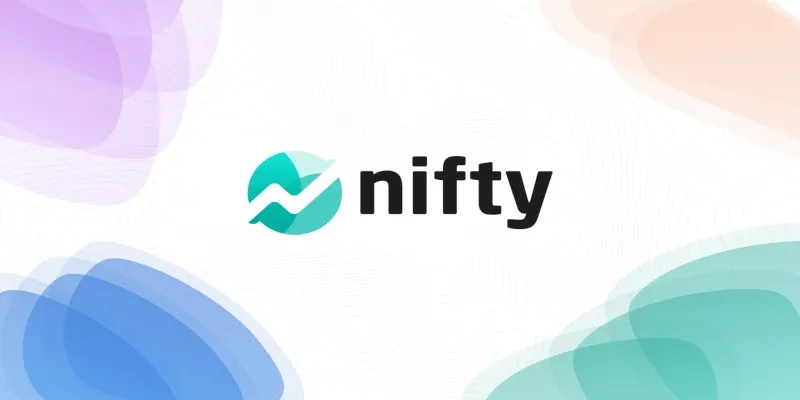
Nifty may not be the first suggestion for project management, but it deserves attention. It focuses on milestone tracking, task lists, team chat, and document management in one platform. Its strength lies in aligning tasks with goals, making it ideal for teams focused on outcomes. Nifty provides a concise and effective workspace for goal-oriented management.
Final Thoughts
There’s no one-size-fits-all solution in project management, and that’s the beauty of it. Asana has served many teams well, but the landscape in 2025 presents numerous alternatives that offer unique advantages. Whether you need flexibility, visual appeal, or a focus on client work, there’s a tool that fits seamlessly into your workflow. Once you find the right fit, managing work becomes less of a task and more of an intuitive process.
Related Articles

Top ActiveCampaign Alternatives to Try in 2025 for Smoother Workflows
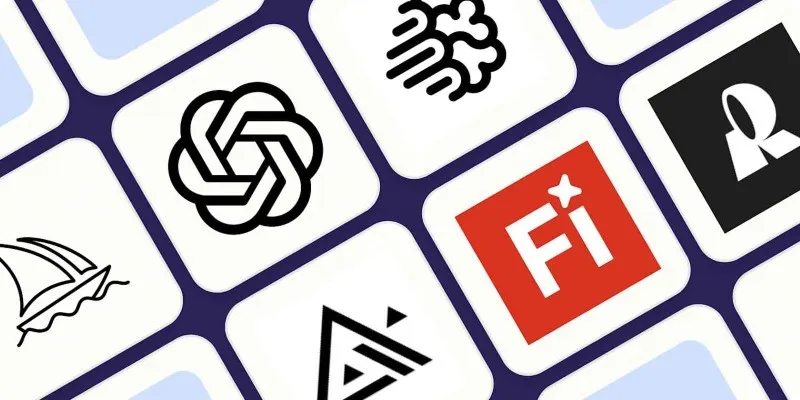
Discover the Best AI Image Generators to Bring Your Ideas to Life in 2025
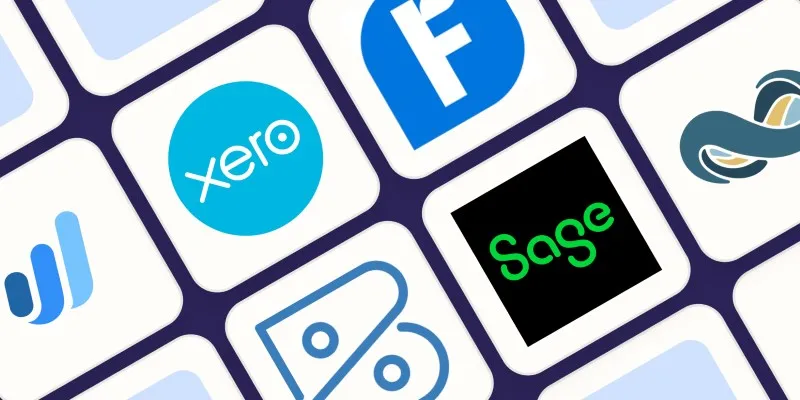
Beyond QuickBooks: 10 Fresh Alternatives to Elevate Your Accounting Game in 2025
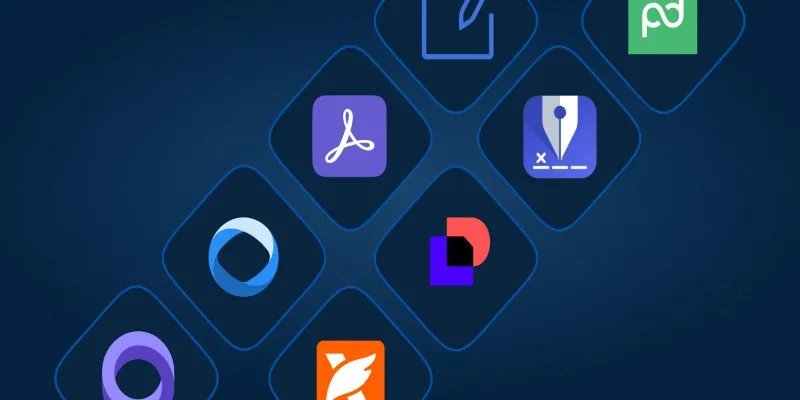
The Best DocuSign Alternatives in 2025 for Simple, Secure E-Signatures

The 8 Best Event Management Software Platforms to Simplify Your Planning

Top Online Graphic Design Tools for 2025: Canva, Figma, and More
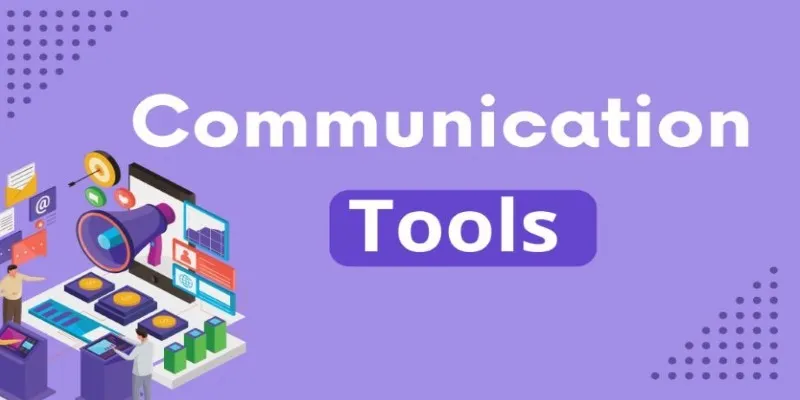
Mastering the Modern Workspace with Communication Tools
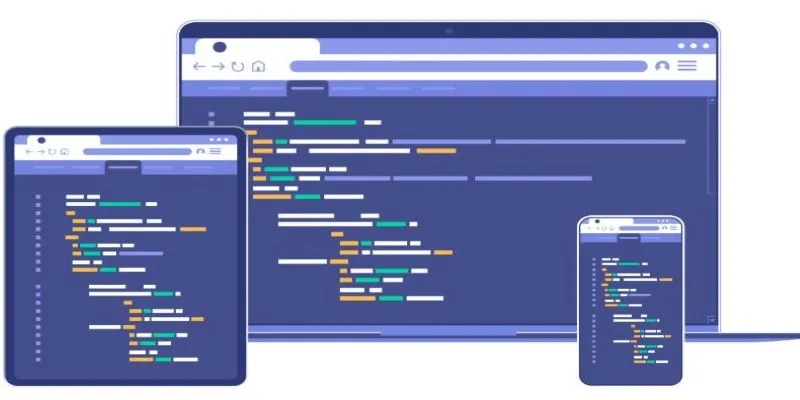
Building Flexible Online Tools: The Power of Responsive Design

How to Effortlessly Combine MP4 Videos on Your Desktop

How to Easily Convert AVI to MOV Using 4 Reliable Tools

Choosing the Best Accounting Software for Small Business: A Complete Guide
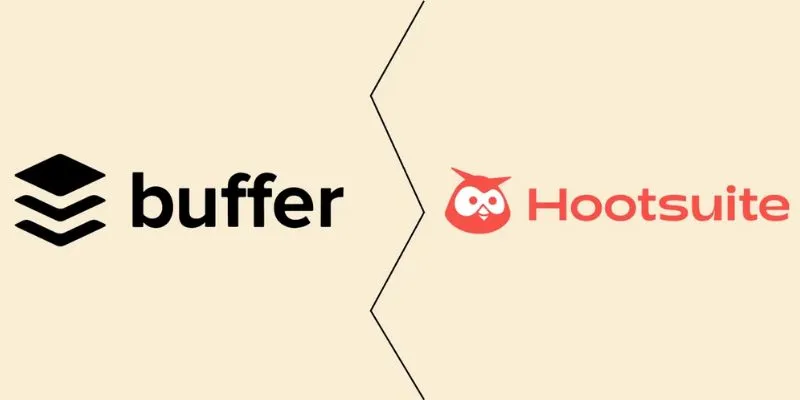
The Ultimate Comparison: Hootsuite vs. Buffer for Social Media Success
Popular Articles

How to Make a Flickr Slideshow with Music
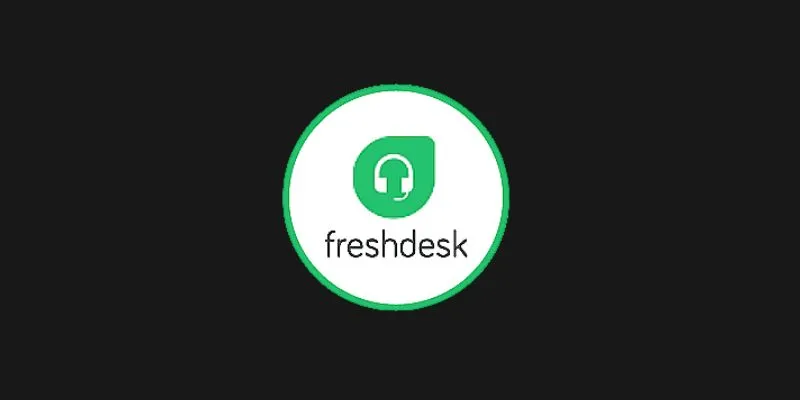
Enhance Customer Support with Affordable Help Desk Software

Is TunesBro HEIC Converter Worth It? A Comprehensive Analysis

Discover AI Chat and Dashboard Features in Home Assistant 2025.3

Top Employee Wellness Apps to Improve Worker Well-being in 2025
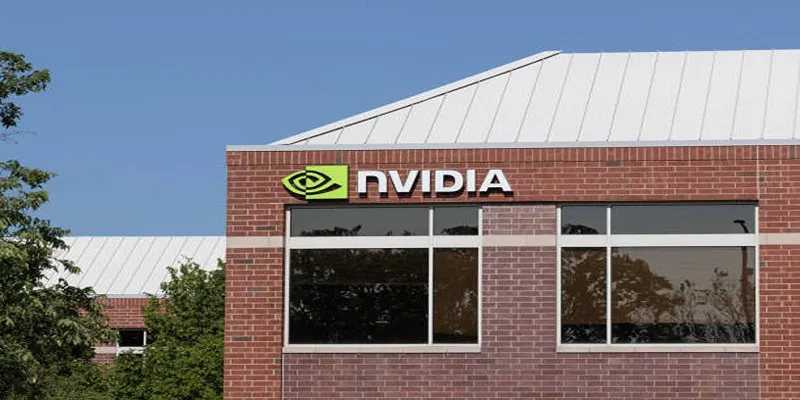
Discover How NVIDIA® CUDA™ Technology Delivers 6X Faster Computing
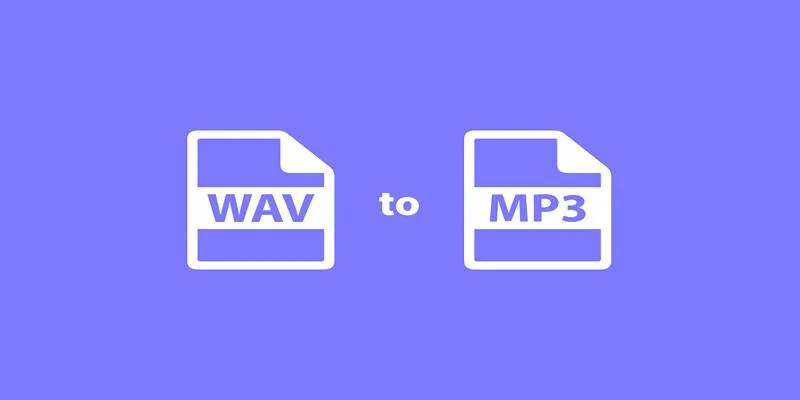
Best Ways to Convert WAV to MP3 and Reduce Podcast File Size Fast

The 8 Best Free Photo Editors in 2025 That Rival Photoshop

ARF Files Explained: A Guide to Using an ARF Player

Simple TIFF Viewers for Every Platform: Windows, Android, iPhone, and Online Use

Best AI Video Dubbing Services to Localize Your Content
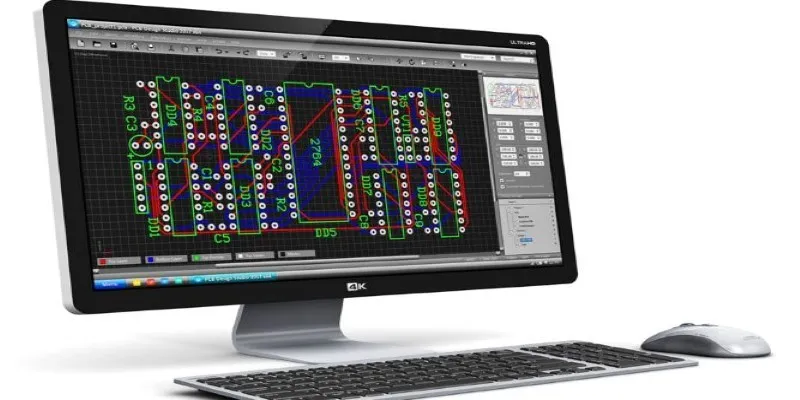
 mww2
mww2